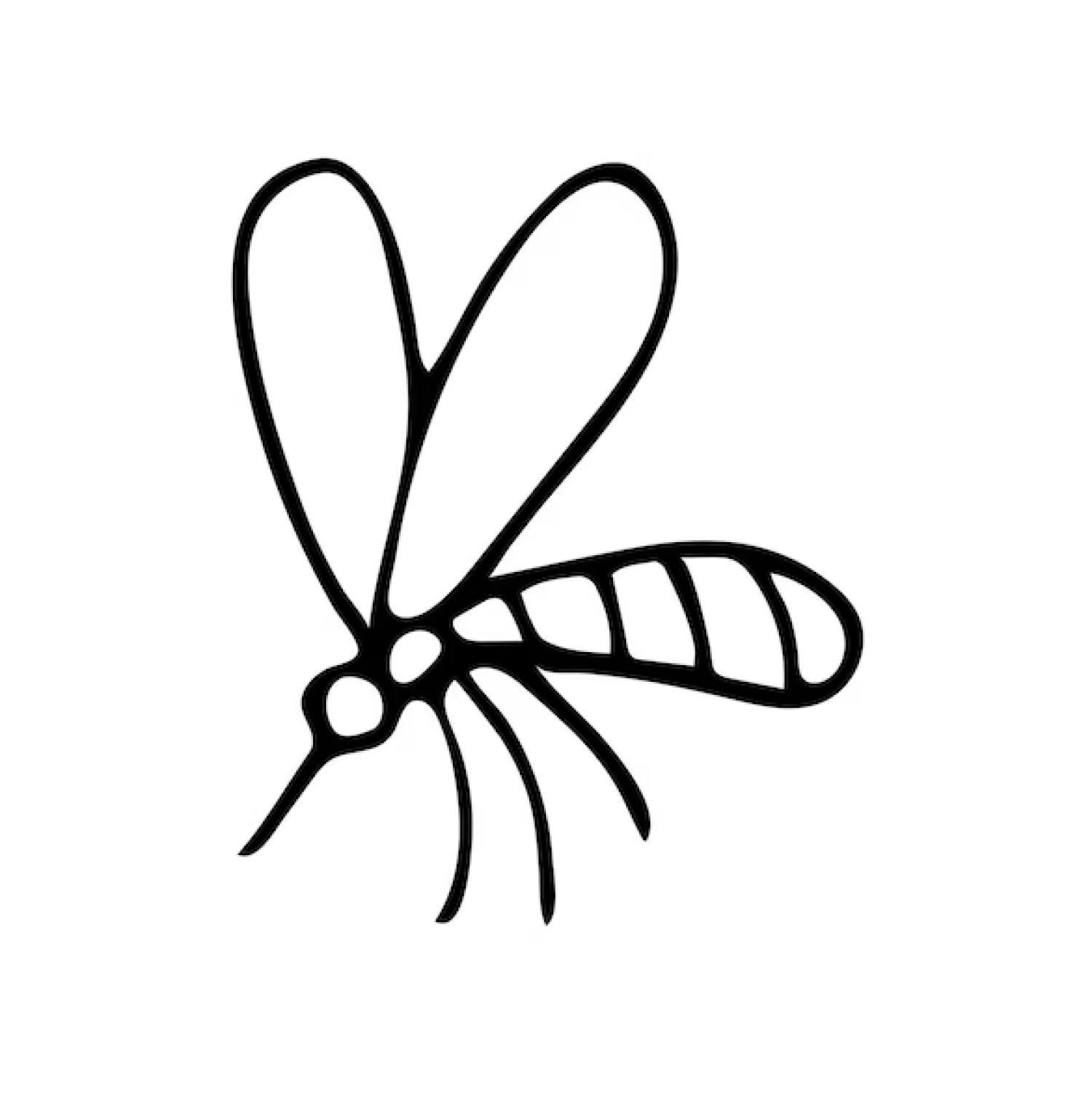Angela publishes in Ornithology

Congrats to Angela and her coauthors Kathryn, Mia, and Vanessa for their recently accepted publication in Ornithology! The lay summary of the paper, which is about avian malaria in our local Colorado chickadees, is below!
Lay Summary: Haemosporidians are a diverse group of vector-transmitted parasites that infect birds and include the genera Haemoproteus, Leucocytozoon, and Plasmodium (the cause of avian malaria). Whether the diversity of these parasites is shaped more by avian evolutionary history or environment is still unclear. We therefore surveyed two closely related avian species, the Black-capped Chickadee and Mountain Chickadee, for these parasites spanning a gradient of habitats shaped by elevation. We found that parasite communities differed more from elevation change than between Black-capped and Mountain Chickadees. Mountain Chickadees sampled at low elevation were more likely to be infected with Plasmodium parasites than Black-capped Chickadees. Mountain Chickadees also might experience a higher infection burden from Leucocytozoon parasites. Elevation change appears to be a strong driver of parasite community diversity, but chickadee evolutionary history might influence the probability of infection, infection burden, and whether infections remain detectable over time.


